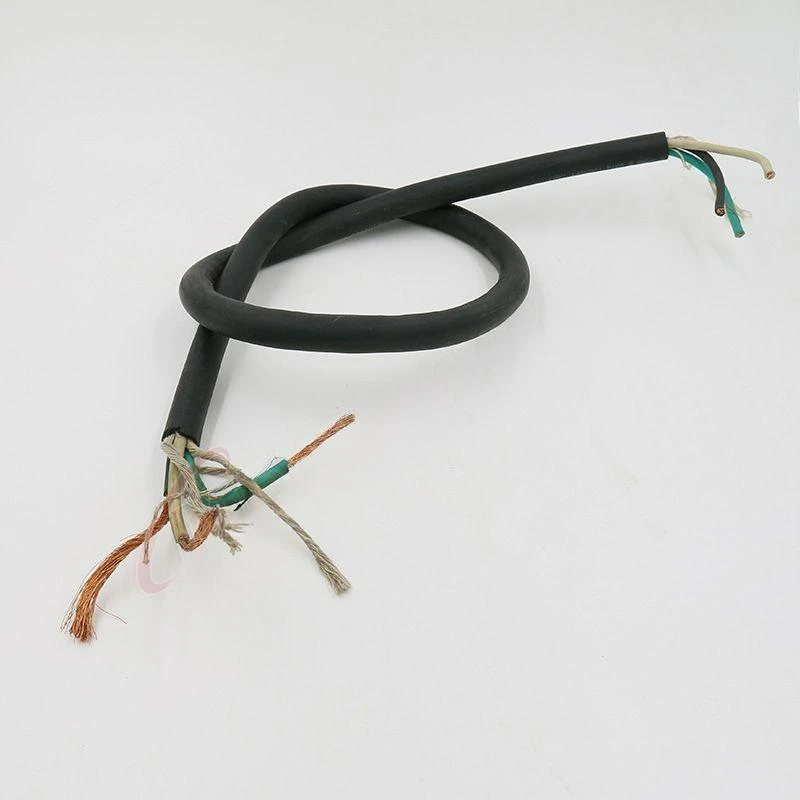10 月 . 31, 2024 19:55 Back to list
Enhanced Performance of Lined Butterfly Valves for Industrial Applications and Efficiency
Understanding the Lined Butterfly Valve A Vital Component in Modern Industries
In the realm of industrial applications, valve technology plays a crucial role in controlling the flow of fluids and gases. Among the various types of valves, the lined butterfly valve stands out due to its unique design and significant advantages in specific environments. This article delves into the composition, advantages, application areas, and maintenance of lined butterfly valves.
A lined butterfly valve generally consists of a circular disc (the butterfly) that rotates around a central shaft. When the valve is opened, the disc pivots to allow fluid to flow through; when closed, it creates a tight seal against the valve body. What distinguishes the lined butterfly valve from others is the lining material, typically made from elastomers, PTFE (polytetrafluoroethylene), or other corrosion-resistant materials. This lining protects the body of the valve from corrosive substances, thus enhancing its durability and performance, particularly in aggressive environments.
One of the primary advantages of lined butterfly valves is their ability to handle corrosive fluids. Industries such as chemical processing, wastewater management, and pharmaceuticals often deal with harsh chemicals that can damage conventional valve materials. The lining serves as a barrier, preventing corrosion and ensuring the longevity of the valve. Moreover, these valves offer a lightweight design, which reduces the overall weight of the piping system and facilitates easier installation.
lined butterfly valve

Another significant benefit is the efficient sealing capability of lined butterfly valves. With their design, they can achieve a tight seal, minimizing leakage and ensuring system integrity. This sealing efficiency is crucial in industries where even a slight leak can lead to environmental hazards or significant financial losses. Furthermore, lined butterfly valves are renowned for their quick operation – they can be opened and closed with just a quarter turn of the handle, which allows for rapid adjustments in fluid flow.
Applications for lined butterfly valves are diverse and widespread. They are commonly used in water treatment facilities, chemical manufacturing plants, oil and gas industries, and food processing units. Their versatility makes them suitable for both on-off and throttling services. In addition, lined butterfly valves can accommodate a wide range of temperatures and pressures, further enhancing their applicability in different scenarios.
However, like any equipment, lined butterfly valves require regular maintenance to ensure optimal performance. Routine inspections should be conducted to check for signs of wear or damage to the lining, as this may affect the valve's sealing capability. Additionally, proper lubrication of the shaft is necessary to prevent friction and ensure smooth operation.
In conclusion, the lined butterfly valve is a critical component in modern industrial applications, offering durability, efficient sealing, and versatility. Its ability to withstand corrosive substances while maintaining quick operation makes it invaluable in various sectors, from chemical processing to water management. Understanding its features and maintenance requirements ensures that industries can effectively leverage this technology, leading to enhanced operational efficiency and safety.
Share
-
Understanding the Differences Between Wafer Type Butterfly Valve and Lugged Butterfly ValveNewsOct.25,2024
-
The Efficiency of Wafer Type Butterfly Valve and Lugged Butterfly ValveNewsOct.25,2024
-
The Ultimate Guide to Industrial Swing Check Valve: Performance, Installation, and MaintenanceNewsOct.25,2024
-
Superior Performance with Industrial Swing Check Valve: The Essential Valve for Any SystemNewsOct.25,2024
-
Industrial Swing Check Valve: The Ideal Solution for Flow ControlNewsOct.25,2024
-
You Need to Know About Industrial Swing Check Valve: Functionality, Scope, and PerformanceNewsOct.25,2024